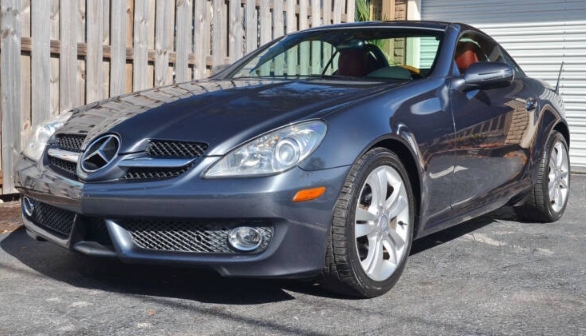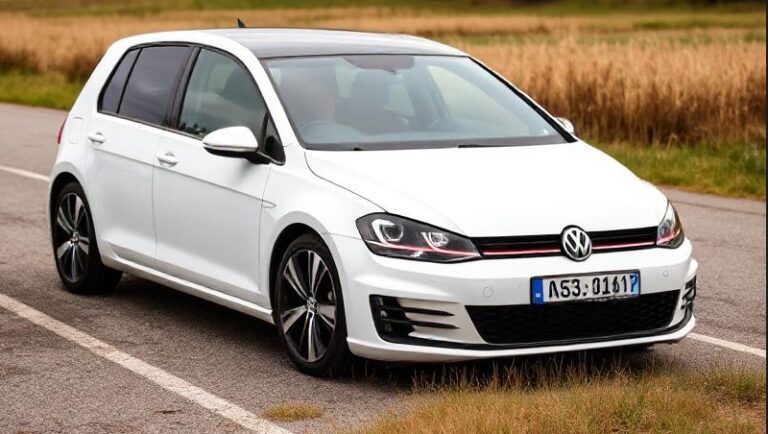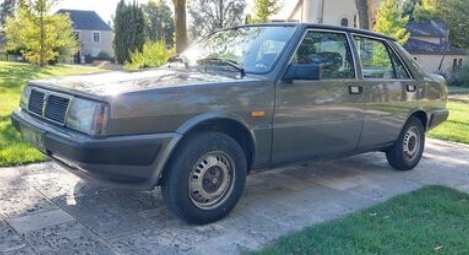The Evolution of the Opel Meriva
The Opel Meriva is a compact MPV (multi-purpose vehicle) that has garnered popularity for its innovative design, practicality, and versatility. Since its inception, the Meriva has undergone significant evolution, adapting to changing consumer preferences and automotive trends. This article provides a detailed, factual account of the Opel Meriva’s development, including its production years, model variants, and trim levels.
Introduction and Background
Opel, a German automobile manufacturer, launched the Meriva as part of its strategic move into the small MPV segment. The vehicle was designed to appeal to urban families seeking a versatile, space-efficient vehicle with flexible seating arrangements. The Meriva’s distinctive “FlexDoors” (rear doors that hinge backward) set it apart from competitors, emphasizing accessibility and practicality.
First Generation Opel Meriva (2003–2010)
Introduction and Production Timeline
The first-generation Opel Meriva was introduced in 2003 and was produced until 2010. It was based on the Opel Corsa platform, sharing many components but distinguished by its higher ride height, increased interior space, and unique door design.
Design and Features
- Body Style: 5-door MPV
- Platform: General Motors Gamma platform (shared with Opel Corsa C)
- Key Innovation: “FlexDoors” – rear doors hinged at the B-pillar, opening rearward for easier access in tight spaces.
- Dimensions: Approximately 4.0 meters in length.
Model Variants and Trim Levels
Throughout its lifespan, the first-generation Meriva was offered in multiple trim levels, typically including:
- Meriva Expression – Basic entry-level trim with essential features.
- Meriva Enjoy – Mid-range trim with additional comfort and convenience features.
- Meriva Cosmo – Top-tier trim offering luxury features such as alloy wheels, upgraded interior, and optional leather upholstery.
- Special Editions: Several special editions were released, often themed around particular features or aesthetic packages (e.g., Meriva “Black Edition,” “Limited Edition”).
Engine Options
- Petrol engines: 1.4L, 1.6L, and 1.8L variants.
- Diesel engines: 1.3L CDTI, 1.7L CDTI, and 1.7L CDTI (common rail).
Notable Features
- FlexDoors for easy rear seat access.
- Flexible seating arrangements with “Multi-Flex” rear seats that fold, slide, and flip.
- Optional panoramic roof.
- Safety features including ABS, ESP, airbags.
Second Generation Opel Meriva (2010–2017)
Introduction and Production Timeline
The second-generation Opel Meriva was launched in 2010 at the Geneva Motor Show and remained in production until 2017. This model marked a significant redesign, emphasizing modern styling and improved technology.
Design and Features
- Platform: GM’s Gamma II platform, shared with the Chevrolet Spark and other small cars.
- Design: More rounded, contemporary aesthetic with a focus on aerodynamics.
- Body Style: 5-door MPV.
- Dimensions: Slightly larger than the first generation, approximately 4.2 meters long.
Model Variants and Trim Levels
Trim levels evolved over the years, often reflecting market-specific offerings, but generally included:
- Meriva Essentia – Entry-level with basic features.
- Meriva Enjoy – Mid-range, added comfort and convenience.
- Meriva Cosmo – Top-tier, with premium features such as leather seats, navigation, and upgraded audio.
Special editions continued to be released, such as:
- Meriva Energy
- Meriva Innovation
- Meriva Design
Engine Options
- Petrol: 1.4L Turbo, 1.4L naturally aspirated, 1.6L.
- Diesel: 1.3L CDTI, 1.7L CDTI, and later, 1.6L CDTI engines.
Technological and Interior Features
- FlexSpace Seating System: An improved version of Multi-Flex, allowing seats to fold flat or slide forward.
- Infotainment: Options included Bluetooth connectivity, touchscreens, and steering wheel controls.
- Safety: Stability control, cornering stability, multiple airbags.
Notable Innovations
- The second-generation Meriva continued to emphasize flexibility with its “FlexDoor” design.
- Introduction of more advanced safety and driver assistance features.
- Enhanced ride comfort and interior quality.
.
THIS might be a great place to get your new car from!
Or for those who are into the “car flipping” business, here’s an excellent resource for you!

.
Discontinuation and Market Context
The Opel Meriva was discontinued in many markets by 2017, as the automotive industry shifted focus toward SUVs and crossovers. However, its legacy as an innovative, practical MPV remains notable.
Notable Special Editions and Variants
Over its production span, the Meriva saw several special editions:
- Meriva “Black Edition” – Featuring black exterior accents and unique interior trims.
- Meriva “Limited Edition” – Focused on aesthetic upgrades and added features.
- Meriva OPC (Opel Performance Center) – A high-performance variant with sportier suspension and styling, produced briefly in the early 2010s.
Summary of Production Years and Key Changes
| Generation | Years of Production | Key Features & Notes |
|---|---|---|
| First Gen | 2003–2010 | Introduced FlexDoors; flexible seating; based on Corsa platform |
| Second Gen | 2010–2017 | Modernized design; enhanced technology; continued FlexDoors |
Conclusion
The Opel Meriva exemplifies innovation in the compact MPV segment, particularly with its pioneering FlexDoor concept and flexible interior arrangements. Its evolution from 2003 to 2017 reflects a commitment to practicality, comfort, and adaptability. Although it eventually bowed out of production, the Meriva’s influence persists in the design philosophy of compact, versatile family vehicles.







